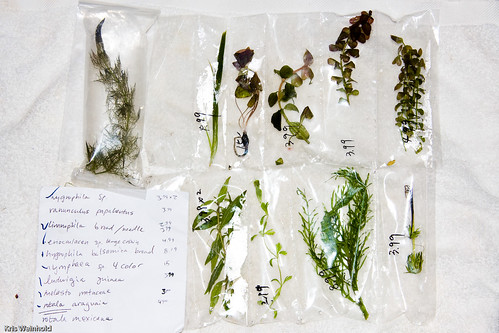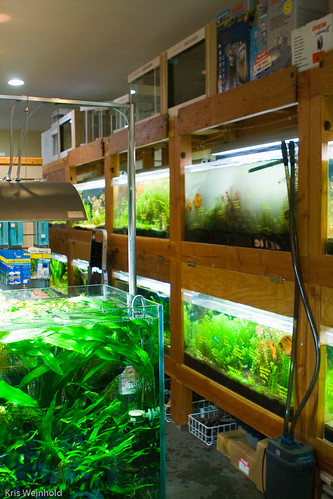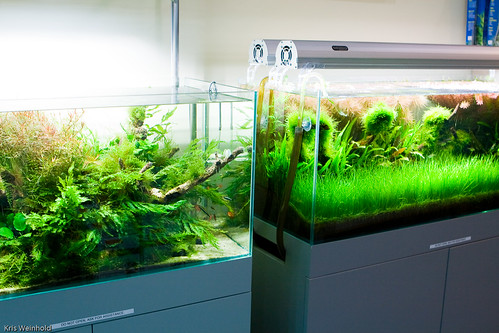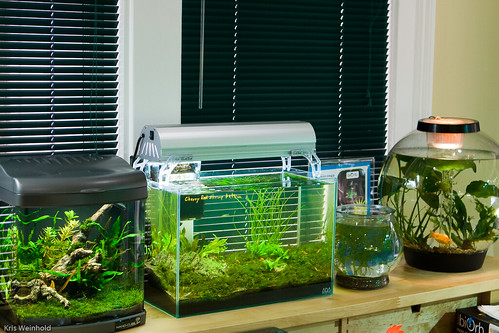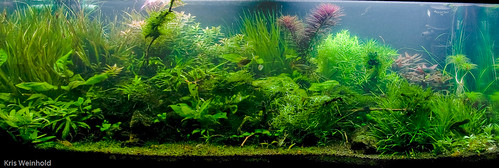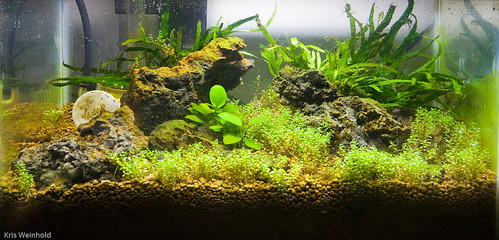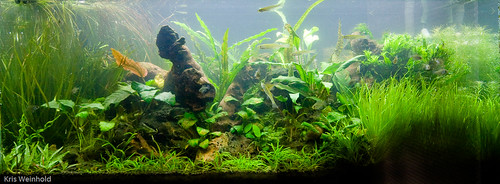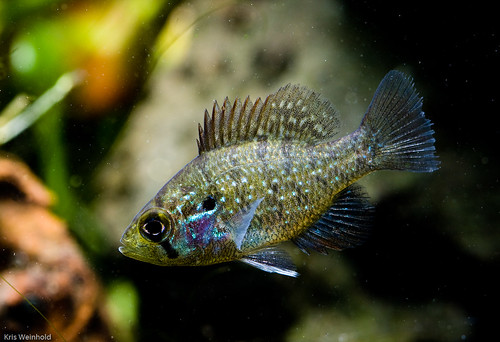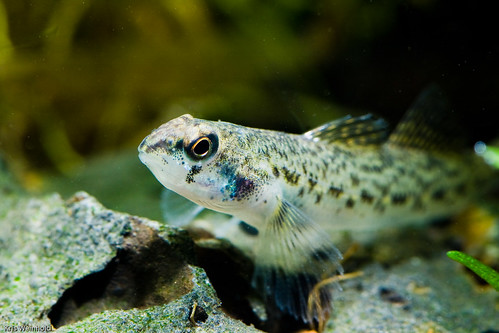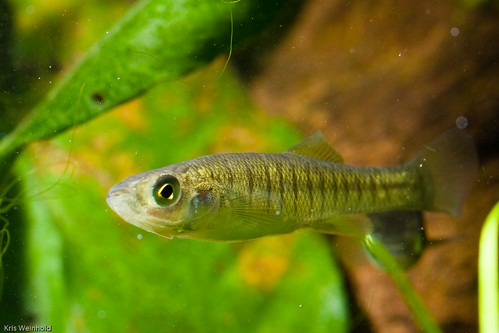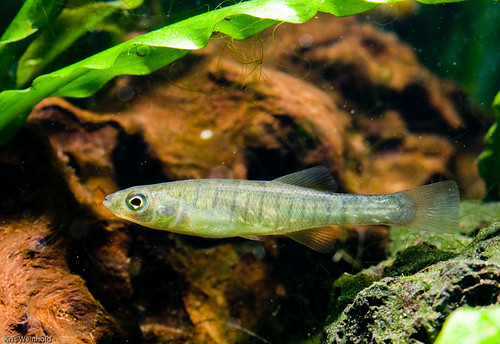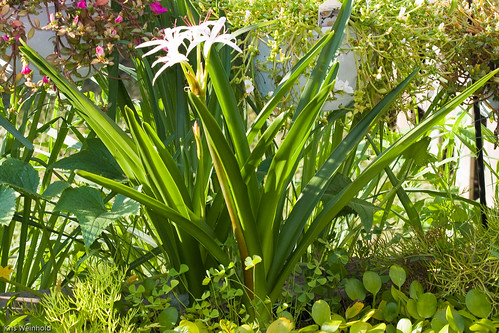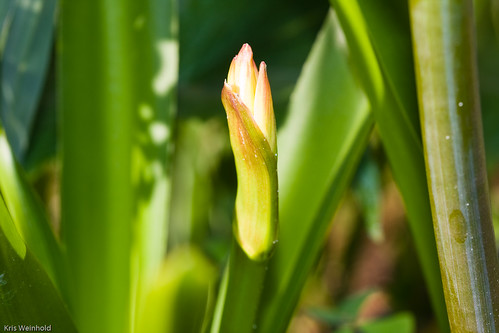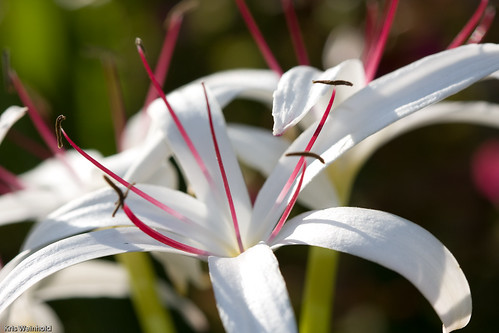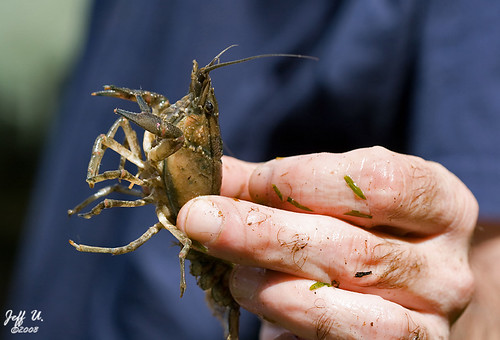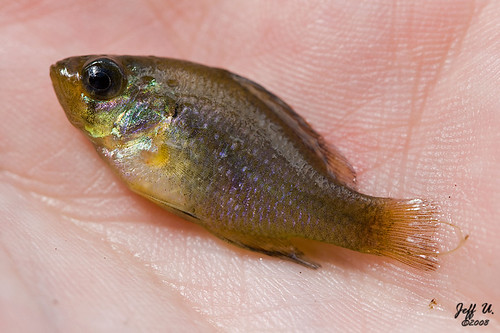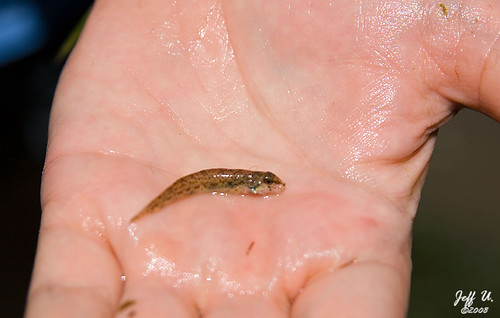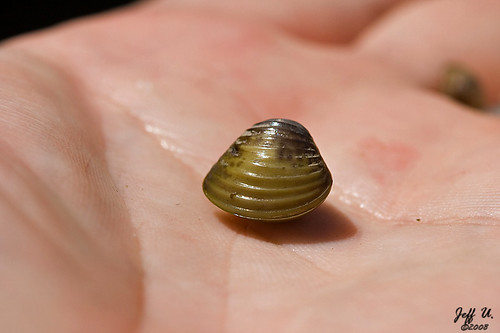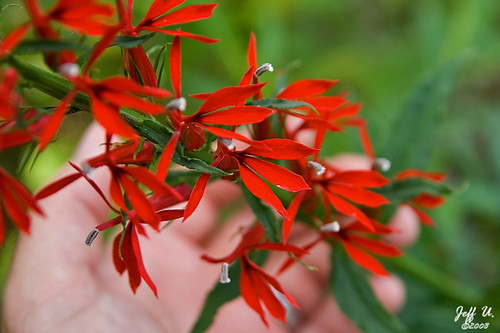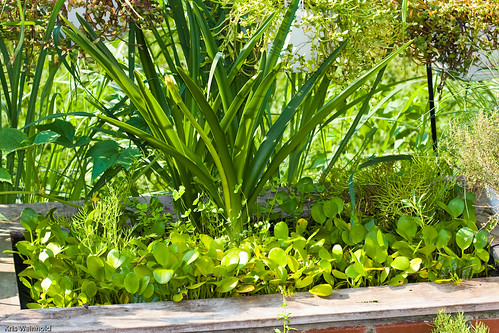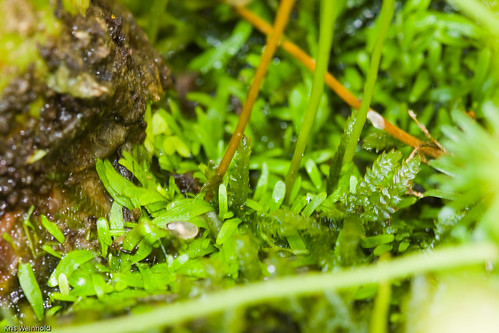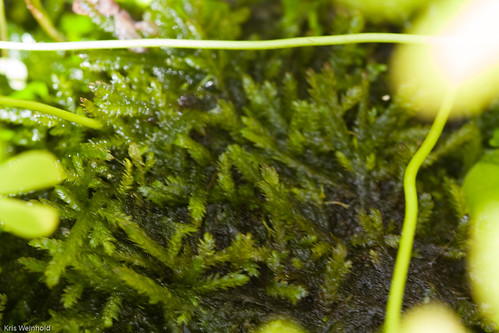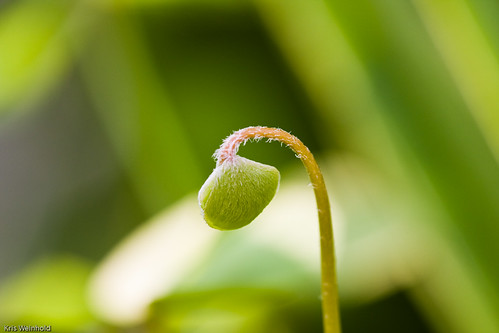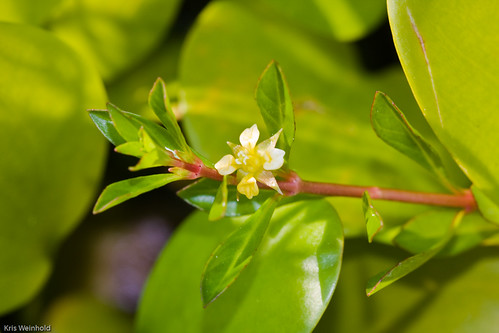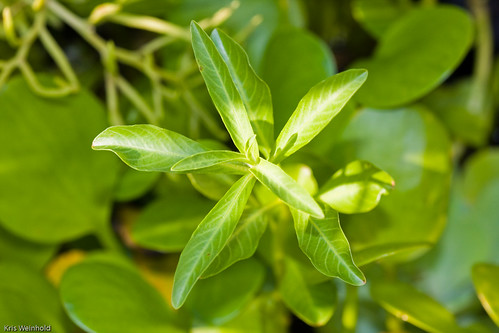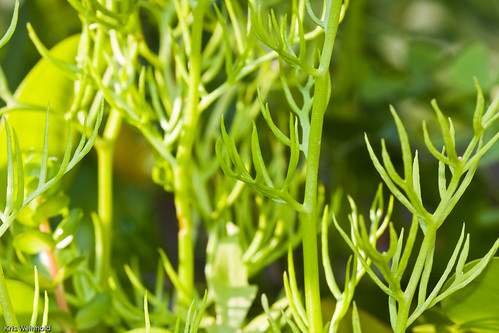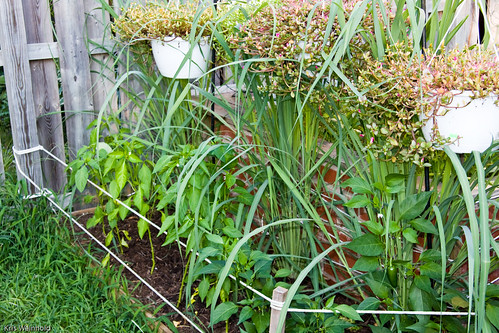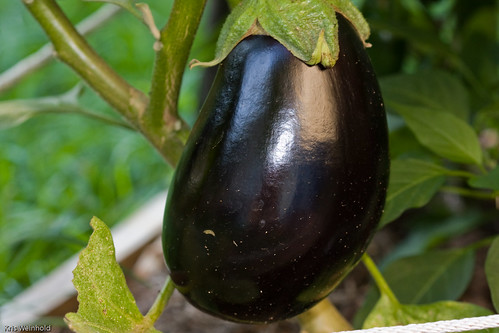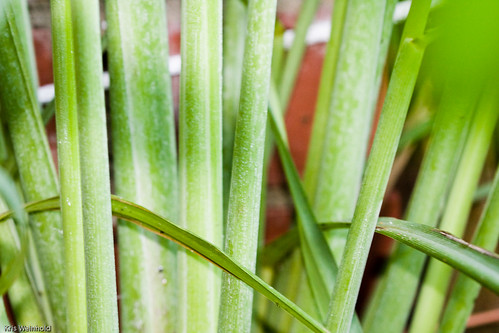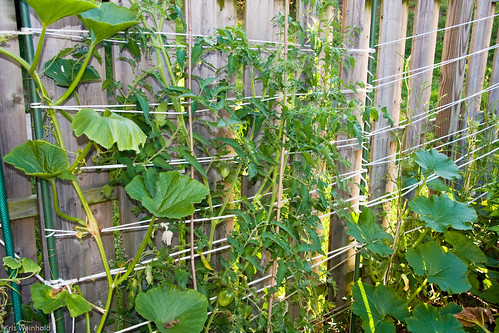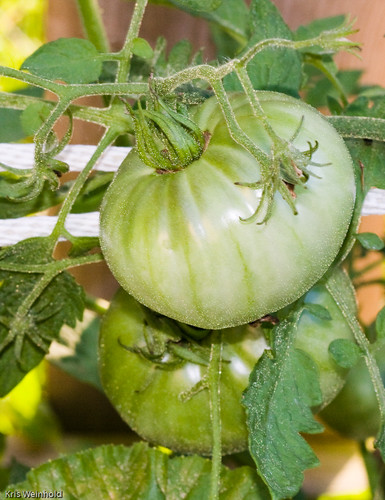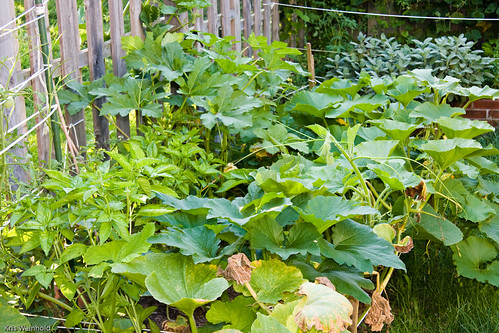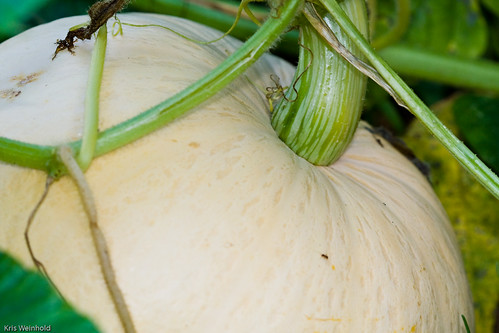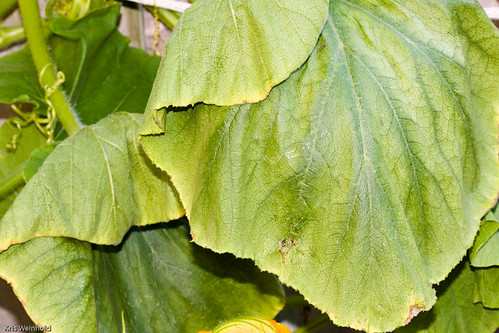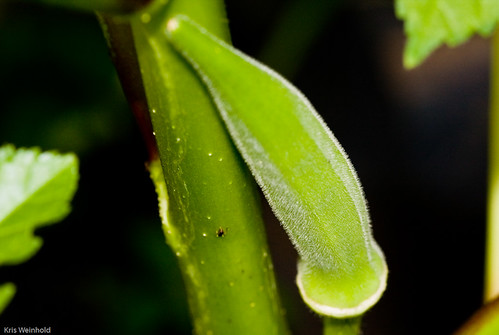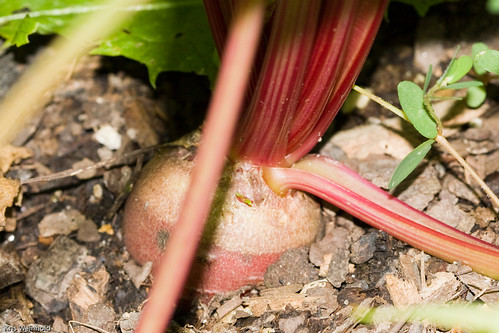Plants from San Francisco
August 31st, 2008My wife recently got back from a work-related conference in San Francisco, CA. While she was there, she quite awesomely went to one of the premiere planted aquarium stores in the United States to check out their plant selection and take some pictures.
After spending nearly 30 minutes on the phone with me, reading off (and butchering quite humorously) countless Latin plant names, I finally had a list for her of the ones I wanted. Basically, I was looking for any plant that I either haven’t heard of, or wasn’t entirely sure if could be a variation a plant I’ve seen.
We ended up with the following:
- Hygrophila sp. (Looks like ‘Porto Vehlo’ to me.)
- Ranunculus paplentus (Looks like ‘R. inundatus’ to me.)
- Limnophila sp. “Broad Leaf”
- Limnophila sp. “Needle Leaf”
- Eriocaulaceae sp. “Large Crown” (Looks like ‘Type 3’ to me.)
- Hygrophila balsamica var. ‘Broad Leaf’
- Nymphea sp. “Four Color”
- Melastomataceae sp. ‘Sao francisco’
- Rotala sp. ‘Araguaia’
I’ve got all of these planted now, and hope to grow them out. I can’t imagine being able to go into your local LFS and having the selection of plants that San Franciscan’s have. Truly incredible!
Otherwise, you can tell that this store knows how to grow and sell plants. Looks how every tank is packed with plants, many of them rare. Their display tanks are phenomenal, appropriately exhibiting an Amanoesque Nature Aquarium style.
Even down to the fish choice of neon tetras, ADA tanks, and glassware. My wife said that they carried the whole line of ADA aquascaping tools, but didn’t get a price on them. (I probably don’t want to know.)
In addition, she said that they had made planted tanks out of several non-conventional containers, be it standard fish bowls, vases, etc… They also had a whole selection of shrimp, which from her description sound very much like the new ones from Sulawesi.
All in all, I’m jealous that I wasn’t able to go myself, but am incredibly thankful that my wife took the time to stop in and take these pictures, and grab the plants for me. I’m a lucky man!

